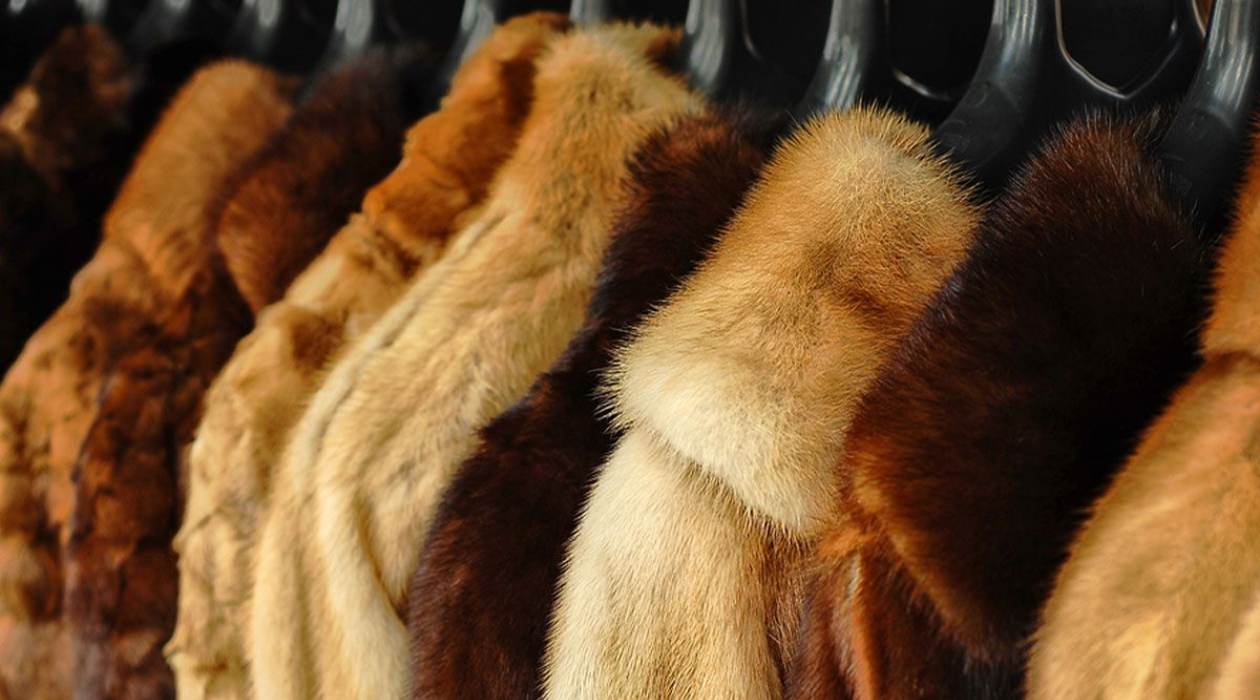

Articles
How To Store Mink Coat
Modified: December 7, 2023
Learn the best methods for storing your mink coat to keep it in pristine condition for years to come. Read our informative articles for expert tips and advice.
(Many of the links in this article redirect to a specific reviewed product. Your purchase of these products through affiliate links helps to generate commission for Storables.com, at no extra cost. Learn more)
Introduction
A mink coat is a luxurious and prized possession that requires proper care and storage to maintain its beauty and longevity. Whether you only wear your mink coat during winter months or decide to store it for an extended period, following the right steps for storage is essential to preserve its quality.
In this article, we will guide you through the process of storing your mink coat to ensure it remains in optimal condition. From cleaning to choosing a suitable storage location and utilizing the right storage materials, we will cover all the necessary steps you need to take. By following these guidelines, you can protect your mink coat from potential damage, such as moisture, pests, and excessive heat.
It’s important to note that properly storing your mink coat not only extends its lifespan but also saves you from unnecessary expenses for repairs or replacements. So, without further ado, let’s delve into the details of how to store your mink coat effectively.
Key Takeaways:
- Preserve the luxury and longevity of your mink coat by following expert storage guidelines. From cleaning to pest prevention, these steps ensure your investment remains exquisite for years to come.
- Properly storing your mink coat involves cleaning, choosing the right location, folding, using a breathable garment bag, pest deterrents, and regular maintenance. These steps protect your investment and maintain its timeless elegance.
Read more: How To Store A Mink Coat
Step 1: Cleaning the Mink Coat
Before storing your mink coat, it is crucial to ensure that it is clean and free from any dirt, stains, or odors. Follow these steps to properly clean your mink coat:
- Inspect the coat: Thoroughly examine your mink coat for any visible stains, spills, or marks. Take note of any areas that require special attention during the cleaning process.
- Spot clean: If you notice any small stains or spills, gently dab the affected area with a clean, damp cloth and mild detergent. Be sure to test the detergent on a hidden area of the coat first to avoid any potential discoloration or damage.
- Professional cleaning: For an overall cleaning of your mink coat, it is recommended to take it to a professional furrier. They have the expertise and specialized equipment to handle fur garments delicately. Professional cleaning ensures that not only stains and dirt are removed, but the fur is conditioned, and the coat retains its softness and luster.
- Allow sufficient drying time: After the cleaning process, allow your mink coat to air dry completely in a well-ventilated area. Avoid exposing it to direct sunlight or artificial heat sources, as this can cause the fur to become brittle.
By ensuring your mink coat is thoroughly cleaned before storage, you prevent any dirt or stains from setting in and potentially damaging the fur. Additionally, a clean coat minimizes the risk of attracting pests during storage.
Once your mink coat is clean and dry, you can proceed to the next step of the storage process.
Step 2: Choosing a Suitable Storage Location
When it comes to storing your mink coat, selecting the right location is essential to maintain its quality. Follow these guidelines to choose a suitable storage location:
- Temperature control: It is crucial to store your mink coat in a location with a controlled temperature. Avoid areas that are susceptible to extreme temperature fluctuations, such as garages, attics, or basements. Ideally, the temperature should be between 50-60 degrees Fahrenheit (10-15 degrees Celsius).
- Avoid moisture: Moisture can damage the fur of your mink coat and lead to the growth of mold and mildew. Choose a storage area that is dry and well-ventilated. Avoid areas with high humidity, such as bathrooms or damp basements.
- Avoid direct light: Prolonged exposure to direct sunlight can cause the fur on your mink coat to fade. Select a storage location away from windows or any other sources of direct light. If necessary, cover the coat with a light-colored cloth to protect it from any residual light.
- Pest prevention: Ensure the storage area is free from pests such as moths, rodents, or insects. Use appropriate pest control measures, such as traps or repellents, to keep these unwanted visitors away from your mink coat.
By choosing a suitable storage location, you minimize the risk of damage to your mink coat. An ideal storage area should provide a stable temperature, low humidity, minimal light exposure, and be free from potential pests.
Now that you have selected the perfect storage location, it’s time to move on to the next step: properly folding your mink coat.
Step 3: Properly Folding the Mink Coat
When storing your mink coat, it’s crucial to fold it correctly to avoid any creases or damage to the fur. Follow these steps to ensure you fold your mink coat properly:
- Grab the coat from the shoulder area: Gently hold the mink coat by the shoulders to prevent any unnecessary stress on the fur.
- Fold the coat in half: Fold the coat in half vertically, bringing the shoulders together. This helps to keep the coat in its natural shape and prevent the fur from matting or creasing.
- Avoid excessive pressure: When folding the coat, avoid applying excessive pressure or squeezing it tightly. Be gentle and allow the coat to rest naturally without any strain on the fur.
By folding your mink coat properly, you maintain its shape and prevent any unnatural creases or damage. Ensure that the fur is lying flat and smooth, without any uneven folds or bunching.
Proper folding sets the foundation for storing your mink coat effectively. Next, let’s discuss the importance of using a breathable garment bag for storage.
Store your mink coat in a cool, dark, and well-ventilated closet. Avoid hanging it in direct sunlight or near heat sources to prevent damage to the fur. Use a padded hanger to maintain the coat’s shape.
Step 4: Using a Breathable Garment Bag
Using a breathable garment bag is essential to protect your mink coat from dust, moisture, and potential damage during storage. Follow these steps to ensure you properly utilize a garment bag:
- Select a breathable garment bag: Choose a garment bag made of a breathable material such as cotton or linen. Avoid plastic or vinyl bags, as they can trap moisture and cause the fur to become damp or moldy.
- Place the coat in the bag: Carefully slip your folded mink coat into the garment bag, ensuring it lays flat and is not tightly packed.
- Leave room for ventilation: Avoid sealing the garment bag completely. Leave the top or bottom partially open to allow air circulation and prevent the buildup of moisture.
Using a breathable garment bag protects your mink coat from dust, moisture, and potential damage while still allowing air circulation. It creates a barrier that keeps the coat clean and safe during storage.
Now that your mink coat is properly folded and stored in a breathable garment bag, it’s time to consider additional measures to protect it from pests.
Read more: How To Store A Mink Coat At Home
Step 5: Adding Mothballs or Cedar Chips
Protecting your mink coat from pests, particularly moths, is crucial during storage. Moths are attracted to natural fibers, including fur, and can cause irreversible damage. Follow these steps to safeguard your mink coat:
- Mothballs: Place mothballs in the storage area or inside the garment bag. Mothballs contain chemicals that repel moths and prevent them from laying eggs on your mink coat. However, be cautious when using mothballs, as they emit a strong odor that can be unpleasant.
- Cedar chips: Alternatively, you can use cedar chips or blocks as a natural repellent. Cedar has a scent that moths dislike, and it can effectively deter them from your mink coat. Place cedar chips inside the garment bag or in the storage area.
- Refresh regularly: Remember to renew the mothballs or cedar chips periodically to ensure their efficacy. Over time, the scent can dissipate, reducing their ability to repel moths. Replace them every few months or as needed.
By adding mothballs or cedar chips, you create an additional layer of protection against moths and other pests. This step helps preserve the quality and integrity of your mink coat during storage.
Now that you have taken the necessary measures to protect your mink coat, it’s important to regularly check and maintain it throughout the storage period.
Step 6: Regularly Checking and Maintaining the Coat
Even though your mink coat is safely stored, it is essential to periodically check and maintain it to ensure its condition remains impeccable. Follow these steps to properly maintain your mink coat during the storage period:
- Inspect for damage: Every few months, carefully remove your mink coat from storage and inspect it for any signs of damage or wear. Look for loose threads, tears, or any other issues that may require professional attention.
- Air it out: Take the opportunity to air out your mink coat in a well-ventilated area. This helps to freshen up the fur and prevent any musty smells from developing during prolonged storage.
- Brush gently: Use a soft-bristled brush to gently brush the fur, going with the grain. This helps to remove any dust or debris and keeps the fur looking plush and smooth.
- Address any issues: If you notice any damage or issues during the inspection, take your mink coat to a professional furrier for repairs. It’s essential to address any problems promptly to prevent further damage.
By regularly checking and maintaining your mink coat, you can ensure that it remains in excellent condition throughout the storage period. This step allows you to catch any potential problems early on and take the necessary actions to preserve the integrity of your coat.
With these steps, you are equipped with the knowledge to properly store and care for your valuable mink coat. By following these guidelines, you can enjoy your coat for years to come while maintaining its beauty and longevity.
Remember, the key to successful storage is ensuring cleanliness, choosing a suitable location, folding properly, using a breathable garment bag, employing pest deterrents, and regular maintenance. By taking these steps, you can protect your investment and keep your mink coat looking exquisite.
Conclusion
Properly storing your mink coat is essential to preserve its beauty and ensure its longevity. By following the steps outlined in this article, you can safeguard your valuable garment from damage, pests, and the effects of improper storage conditions.
From cleaning the mink coat and choosing a suitable storage location to properly folding it, using a breathable garment bag, and adding mothballs or cedar chips for pest deterrence, each step plays a vital role in maintaining the quality of your mink coat.
Regularly checking and maintaining the coat throughout the storage period allows you to identify and address any issues promptly, protecting your investment and extending the lifespan of your mink coat.
Remember to consult with professional furriers for cleaning, repairs, and expert advice, as they have the knowledge and expertise to handle fur garments delicately.
With proper care and storage, your mink coat will continue to exude luxury and elegance for years to come. By following these guidelines, you can enjoy your mink coat with the confidence that it is well-preserved and ready to be adorned whenever the occasion calls for it.
Investing time and effort in the proper storage of your mink coat is well worth it, as it ensures that you can continue to luxuriate in its warmth, softness, and timeless appeal for generations to come.
Frequently Asked Questions about How To Store Mink Coat
Was this page helpful?
At Storables.com, we guarantee accurate and reliable information. Our content, validated by Expert Board Contributors, is crafted following stringent Editorial Policies. We're committed to providing you with well-researched, expert-backed insights for all your informational needs.
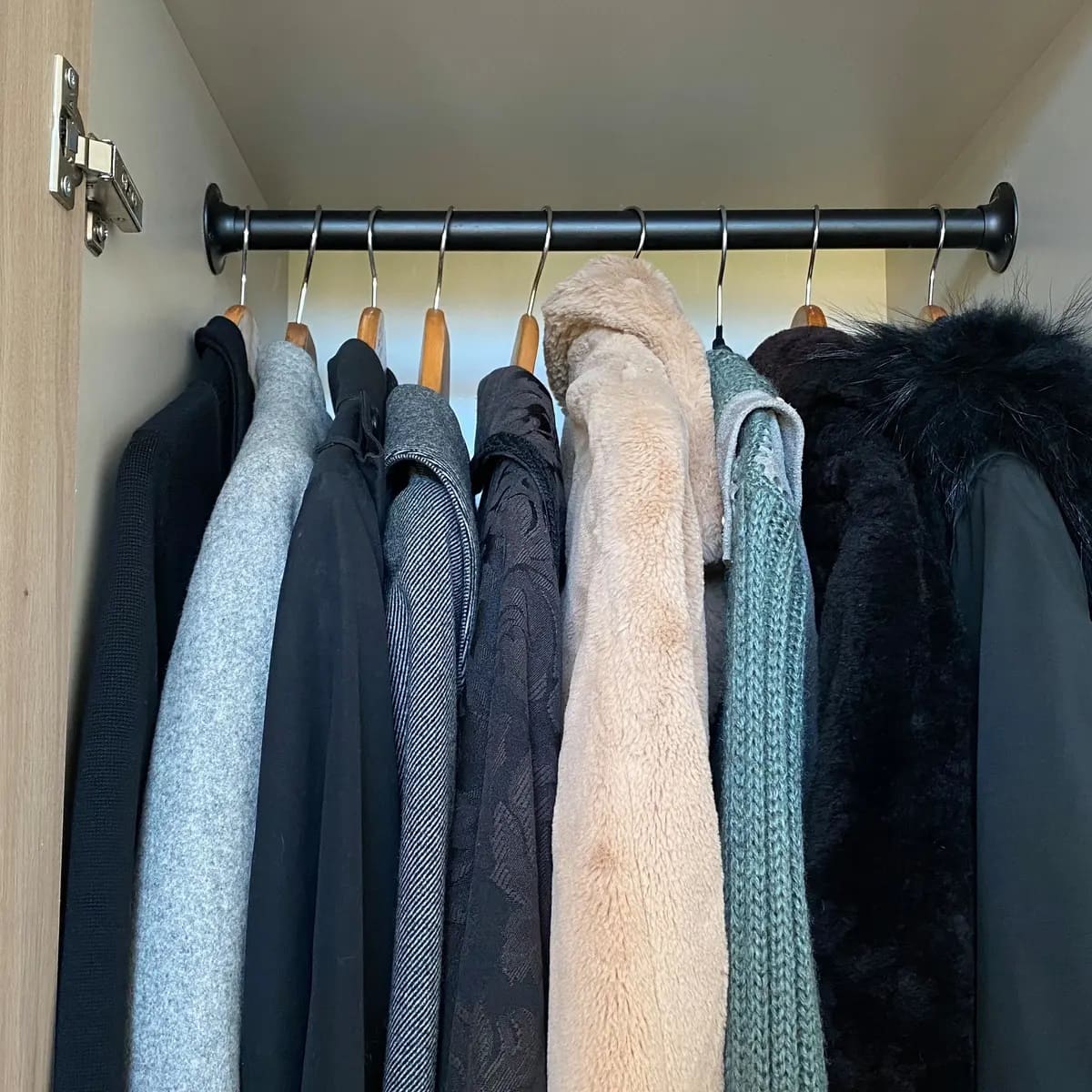
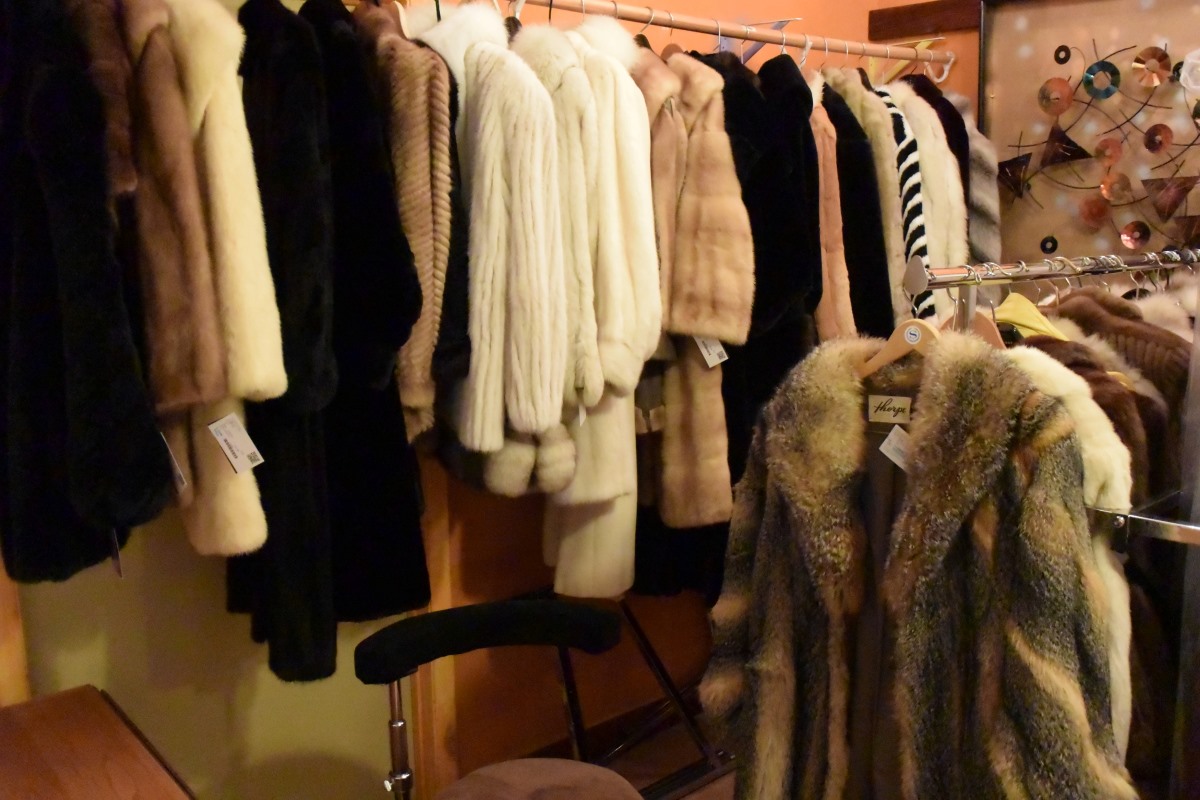


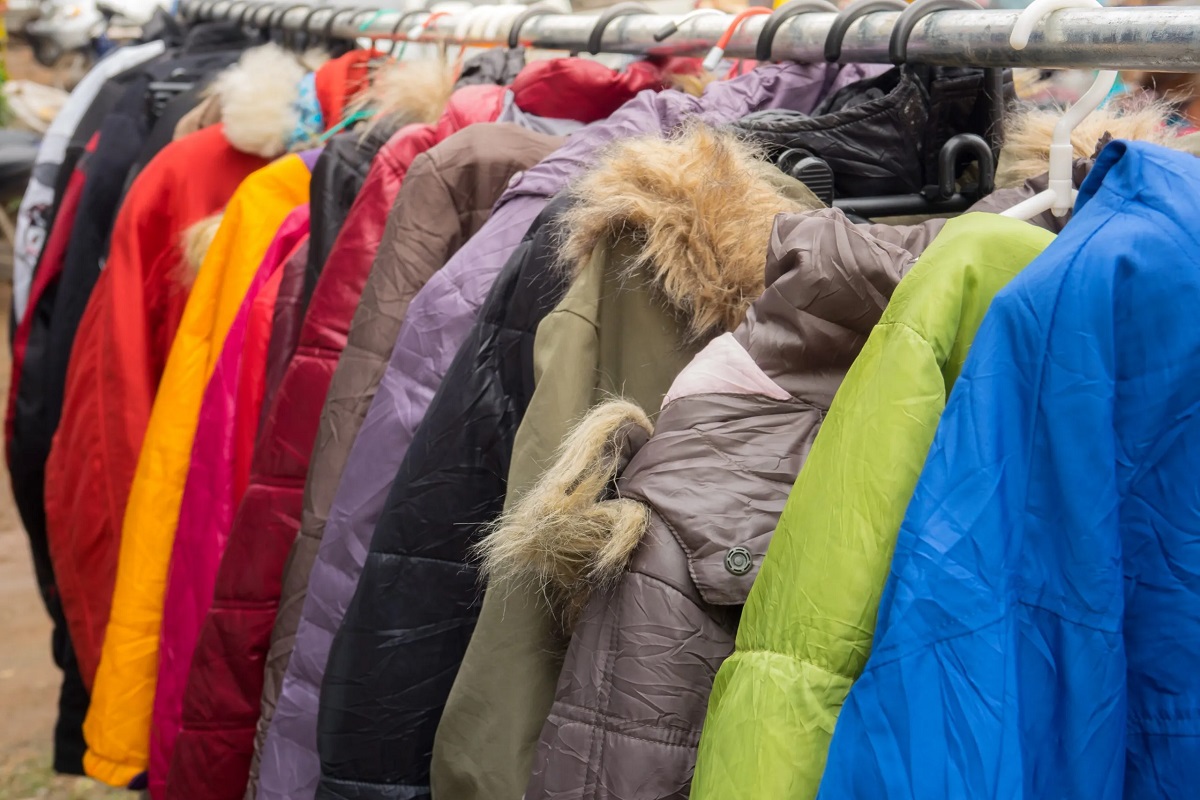
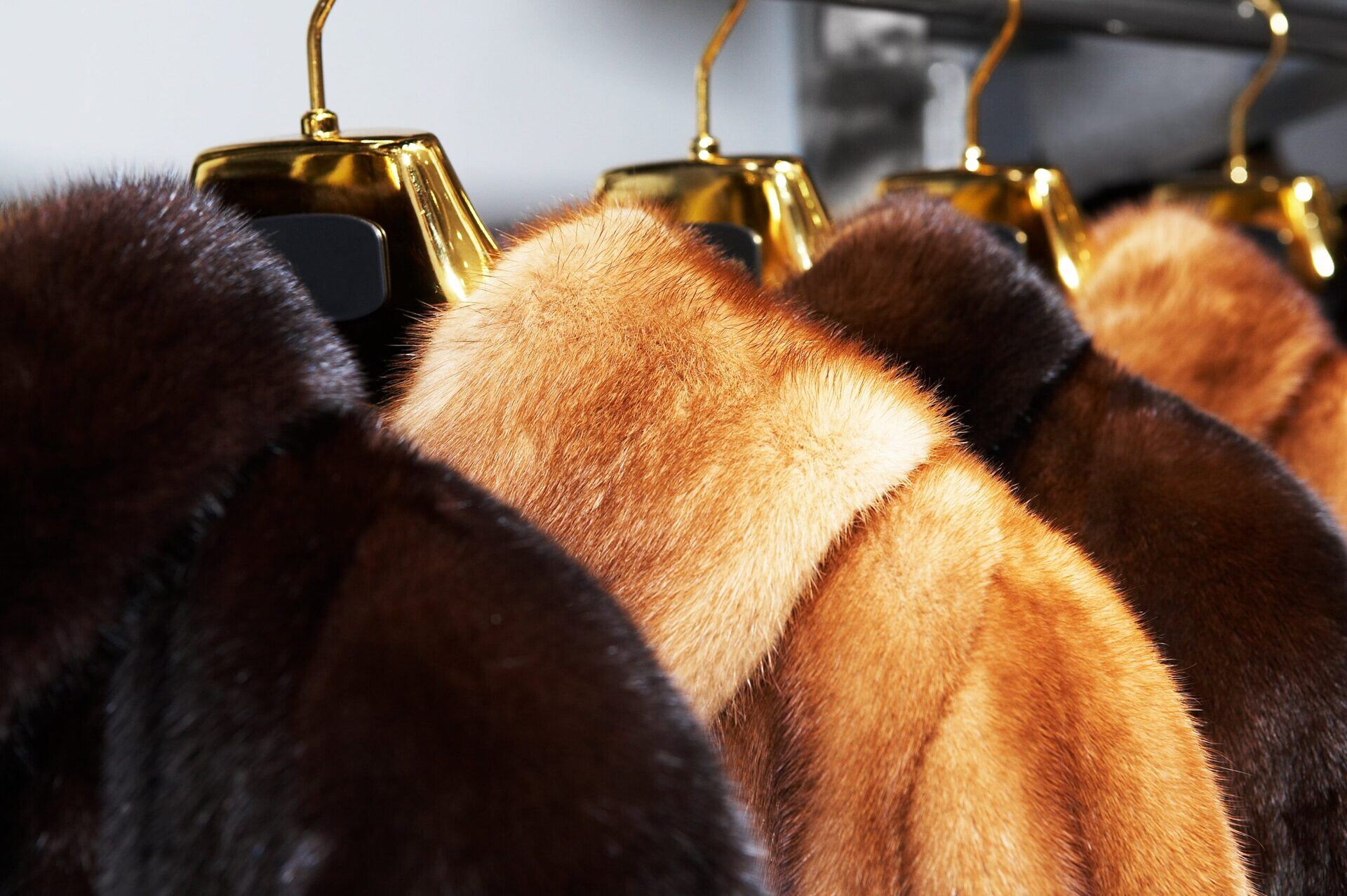
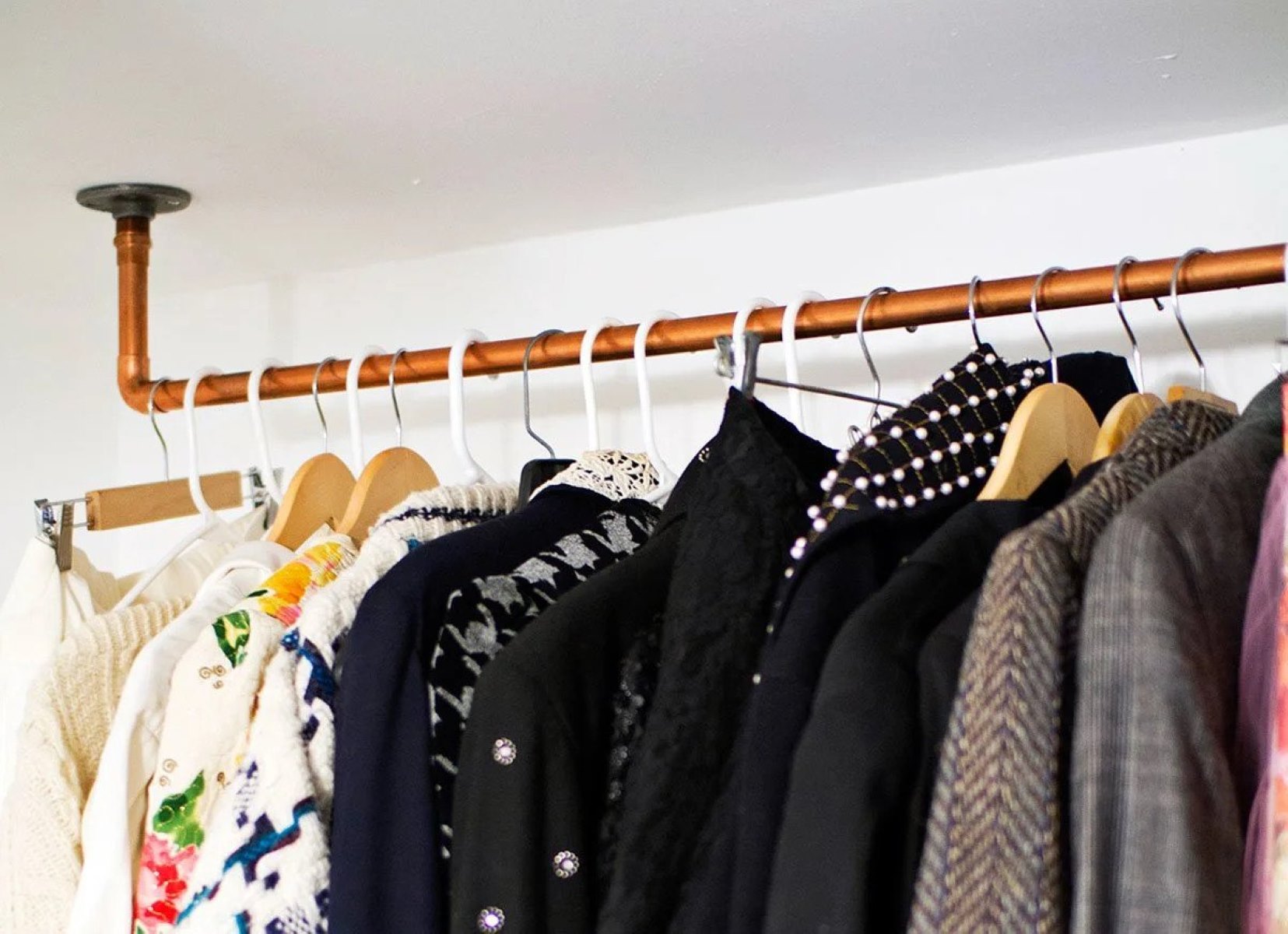
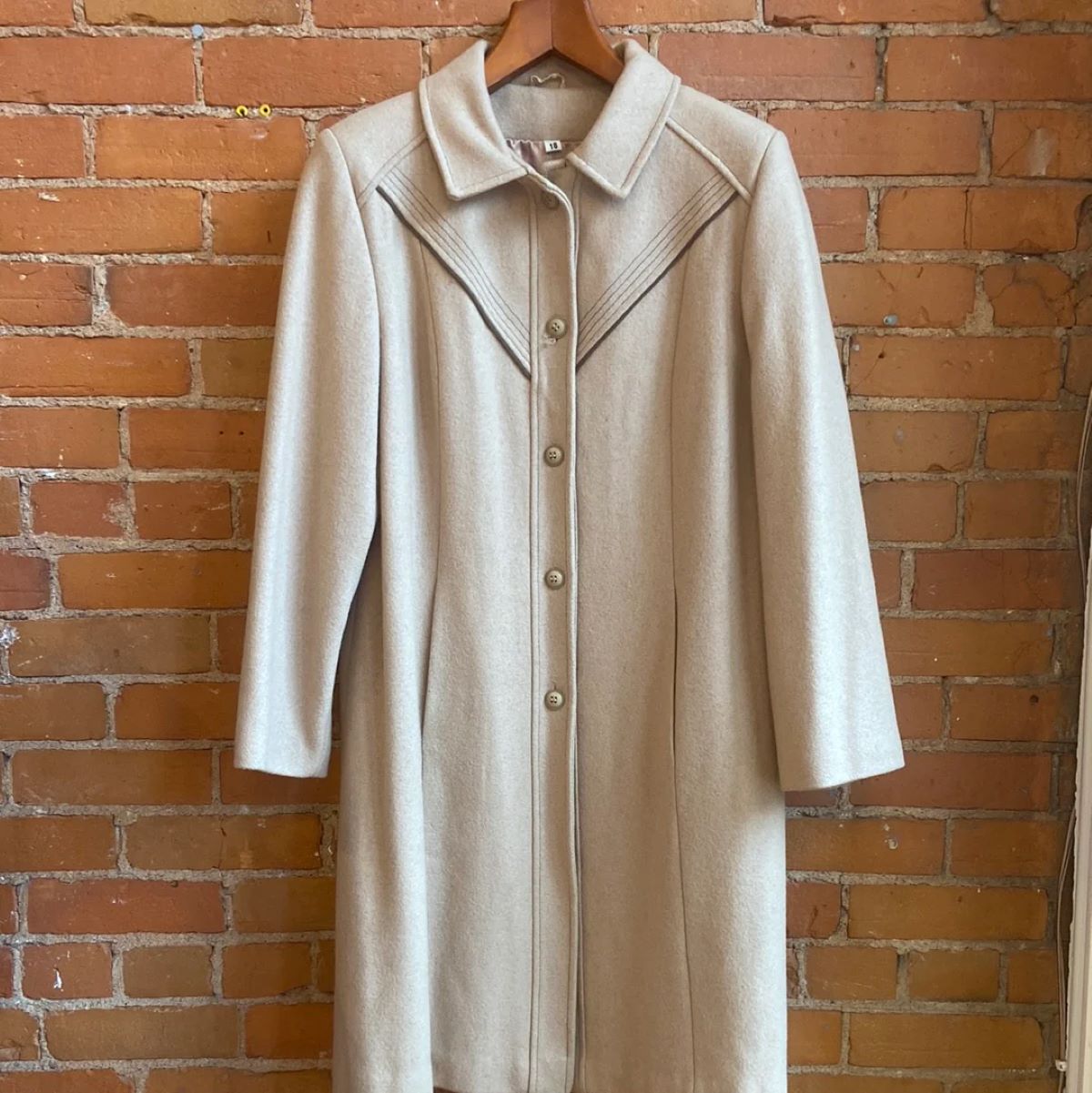
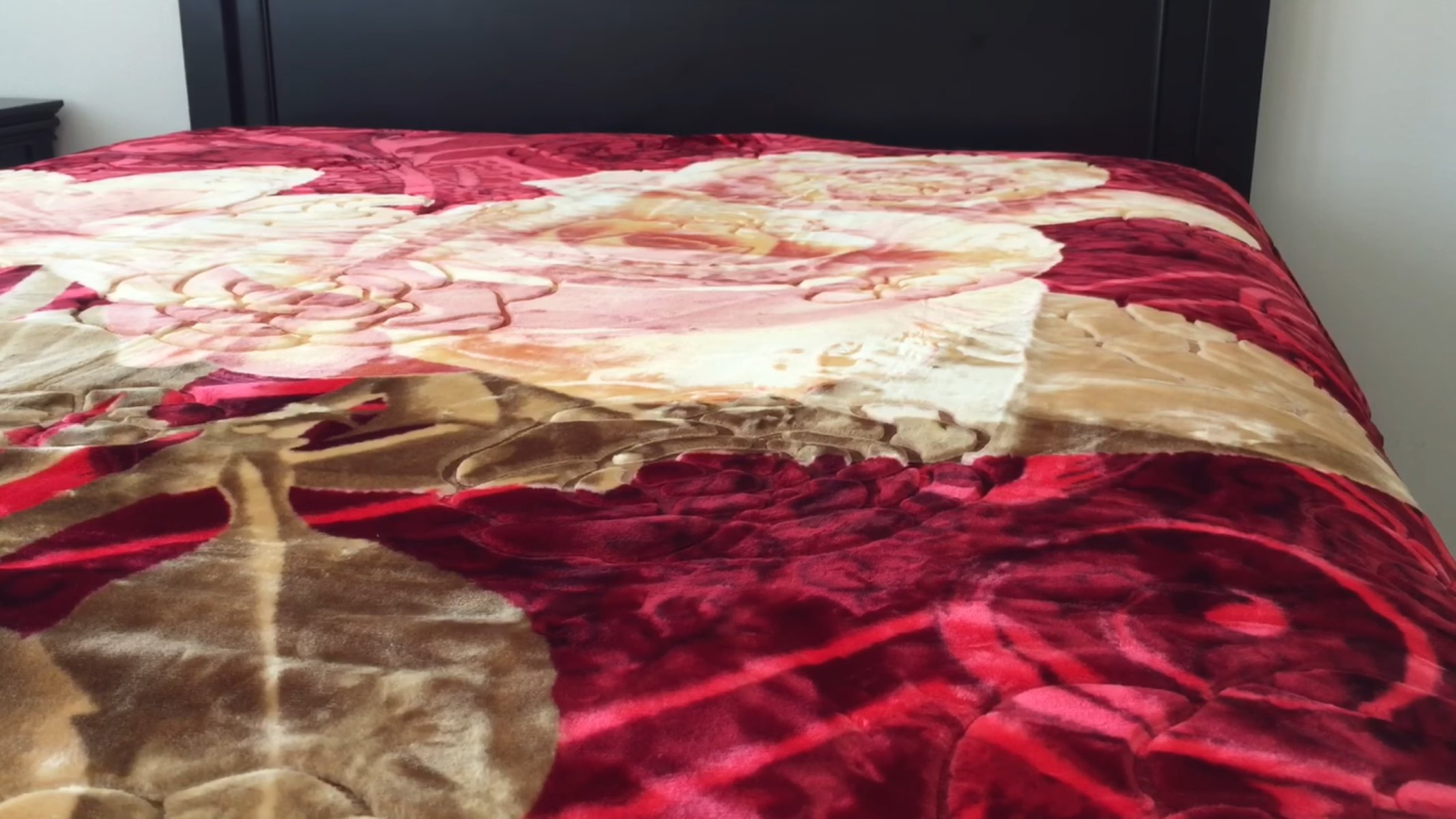

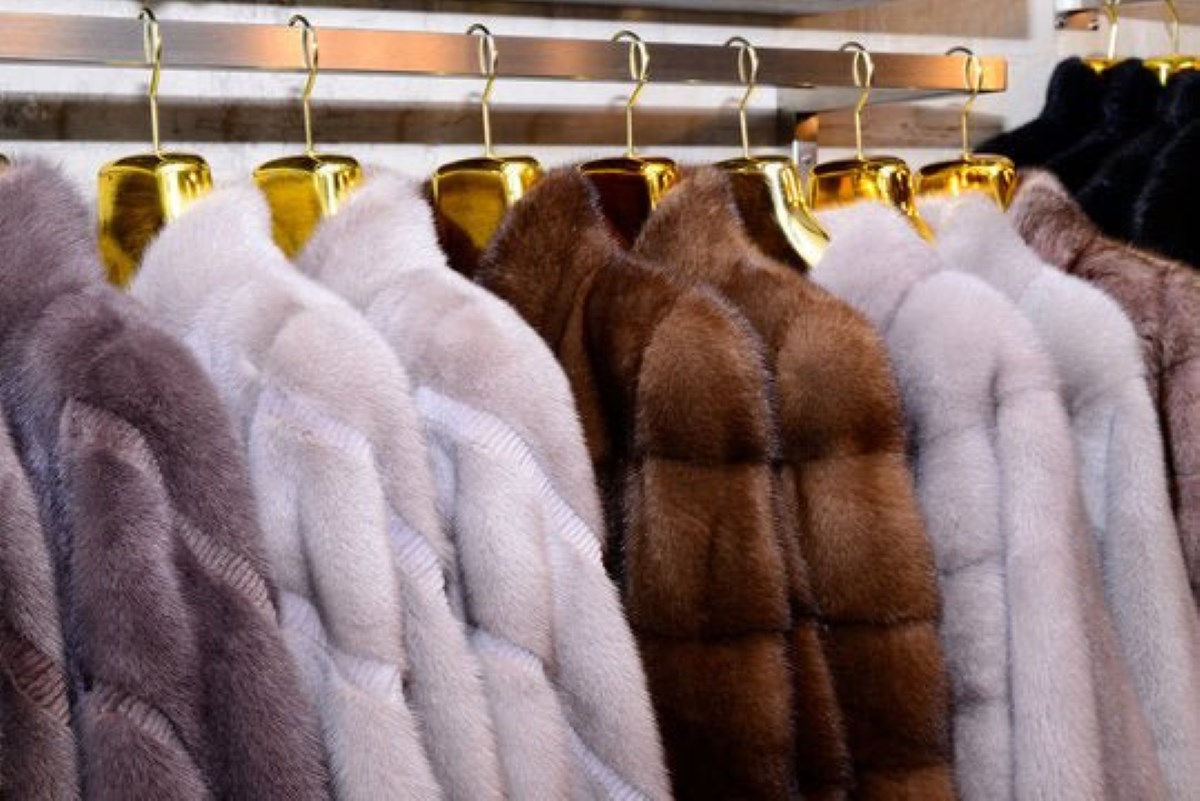
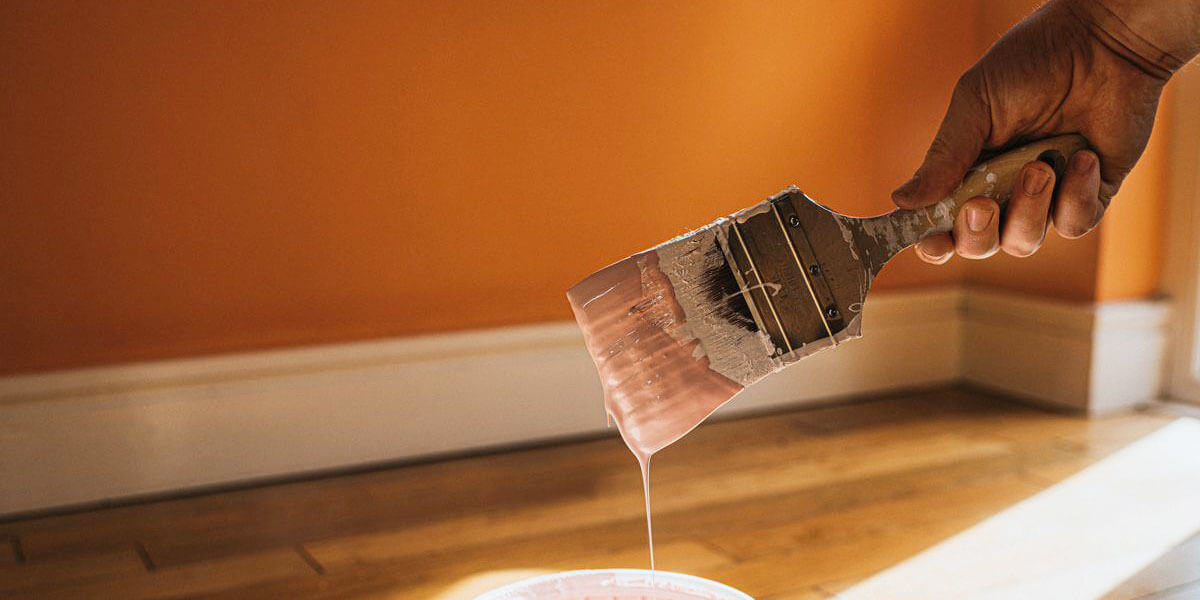
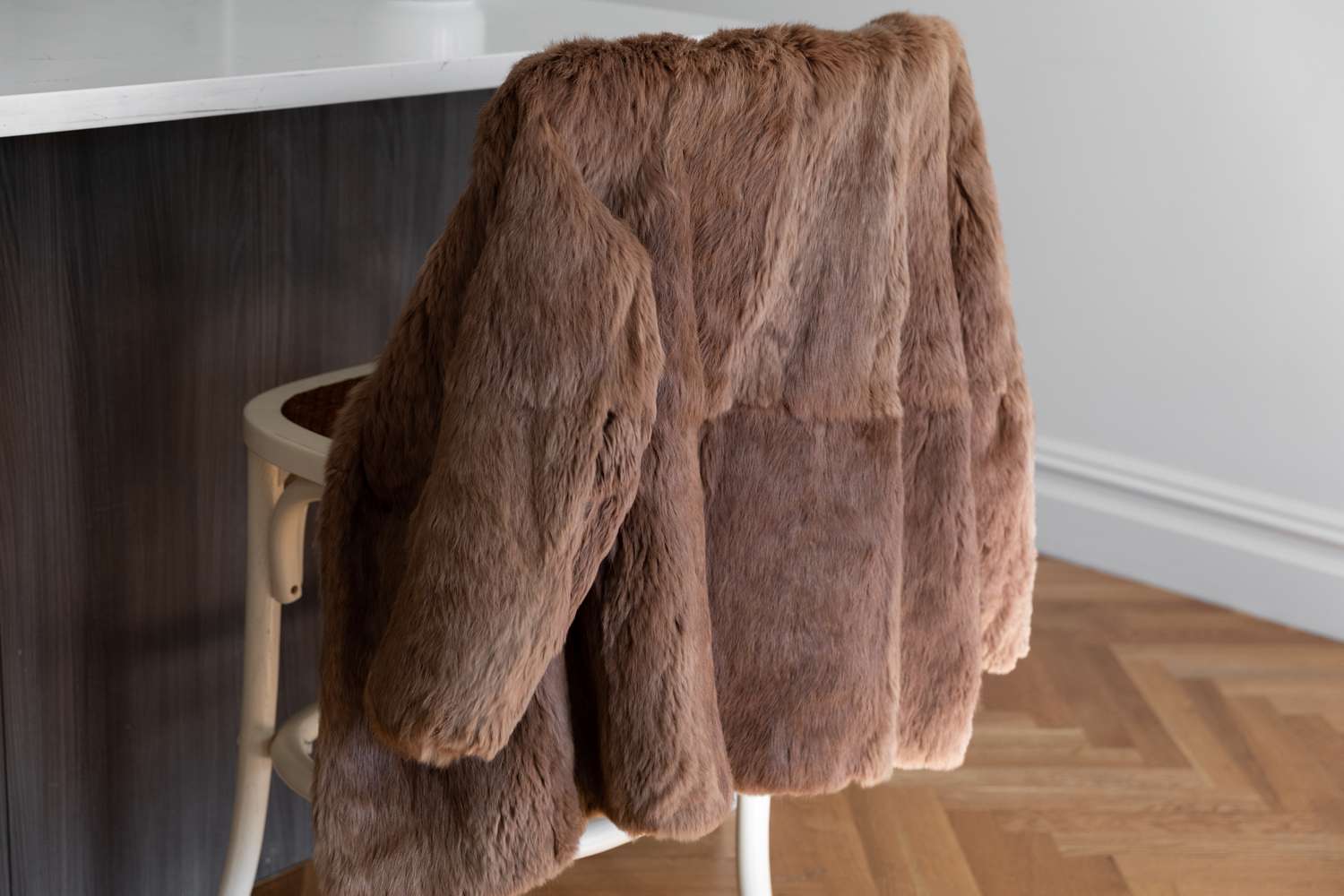


0 thoughts on “How To Store Mink Coat”